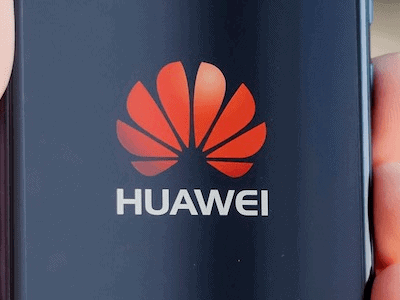Smart TV and Parental Control
Share This Post
With Smart TV catching up as a mode of home entertainment, Internet and Broadcast networks have merged, at least from the delivery point of view. Now we have the same window for both and the user need not switch on different devices for accessing television and Internet entertainment channels.
But at the same time, this opens up the challenge of parental control of such Smart TV devices. In a normal TV set, parents can block channels using a PIN, but in the case of the Internet we have two extreme forms of control possible – either keep everything flowing or block all. The only ‘system’ in place for restricting the content over Internet is the self admission by the user of being an adult, and we all know only too well that this can be easily manipulated!
Usually, in homes, the conventional touch points of Internet are heavily guarded by parents and they implement all sorts of parental controls, even physical manning. But, with TVs, parents are more liberal as the TV has been in homes now for decades. And then there are broadcast regulations in each country. So, every country has tweaked broadcast content to make it suitable for family viewing, in accordance with local social and cultural sensibilities.
With Internet connectivity, parental controls can be easily fouled. Kids can easily use an adult identity to get access to content over the Internet, which may be unsuitable for their viewing. By merely enabling a self administered adulthood check, content providers cannot do away with their responsibility. They need to demonstrate responsible corporate behaviour and business ethics, and they owe this to the users of their services, in this case Smart TV web surfing families.
For Smart TV, there needs to be a smart system in place that can help in implementing parental control, perhaps a technology like that offered by Blinkx might help to achieve this goal. Blinkx technology filters videos based on the audio streams in the clips. Since in the case of television, audio always matches video in a clip (song, movie, soap etc.) to maintain consistency in messaging, a solution like the one from Blinkx can filter out the adult content by ‘previewing’ the audio. This can potentially provide a ‘non-intrusive’ means for implementing parental control on content viewed by young children and teenagers of an impressionable age.













